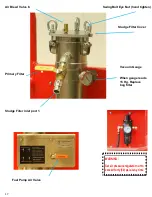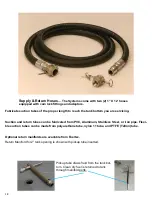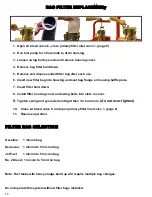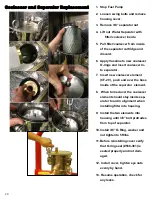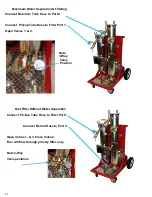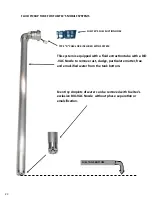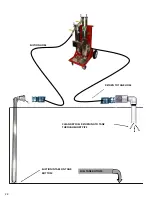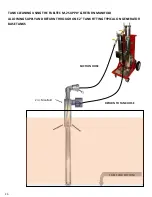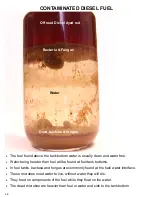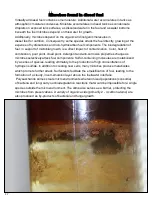
12
FUEL TANK SAFETY
•
Purge fuel tank (fill airspace inside the tank between any fuel and the top of the tank) with argon or CO2
prior to drilling or sawing holes that penetrate the tank to minimize the risk of explosion.
•
Maintain a purged condition while installing fittings on a fuel tank.
STATIC GROUND
Always attach a static discharge cable from the Fueltec System to the fuel tank being serviced.
The flowing movement of flammable liquids like gasoline inside a pipe can build up static electricity. Non
-
polar
liquids such as gasoline, diesel, kerosene and light crude oils exhibit significant ability for charge accumulation and
charge retention during high velocity flow. Static electricity can discharge into a fuel vapor. When the electrostatic
discharge energy is high enough, it can ignite a fuel vapor and air mixture. Different fuels have different flammable
limits and require different levels of electrostatic discharge energy to ignite.
Electrostatic discharge while fueling with gasoline is a present danger at gas stations. Fires have also been
started at airports while refueling aircraft with kerosene. The use of a static discharge cable can help to prevent or
safely dissipate the build up of static electricity.

















